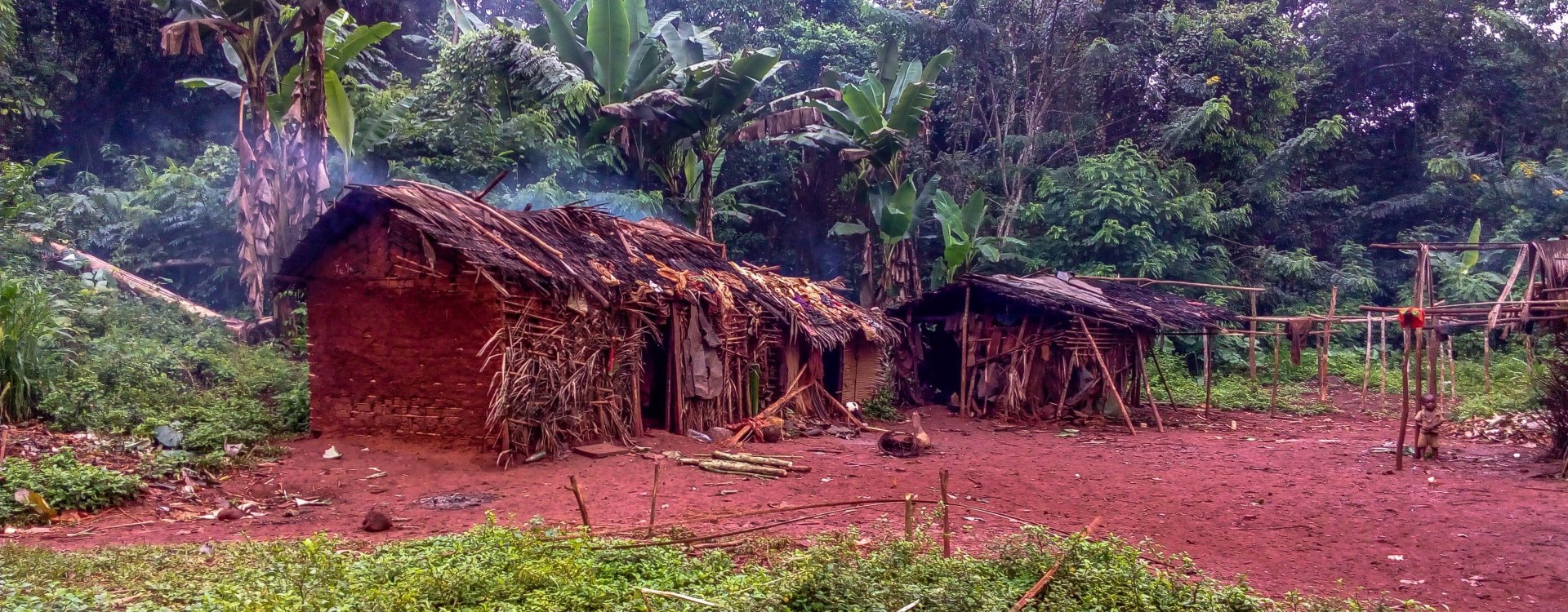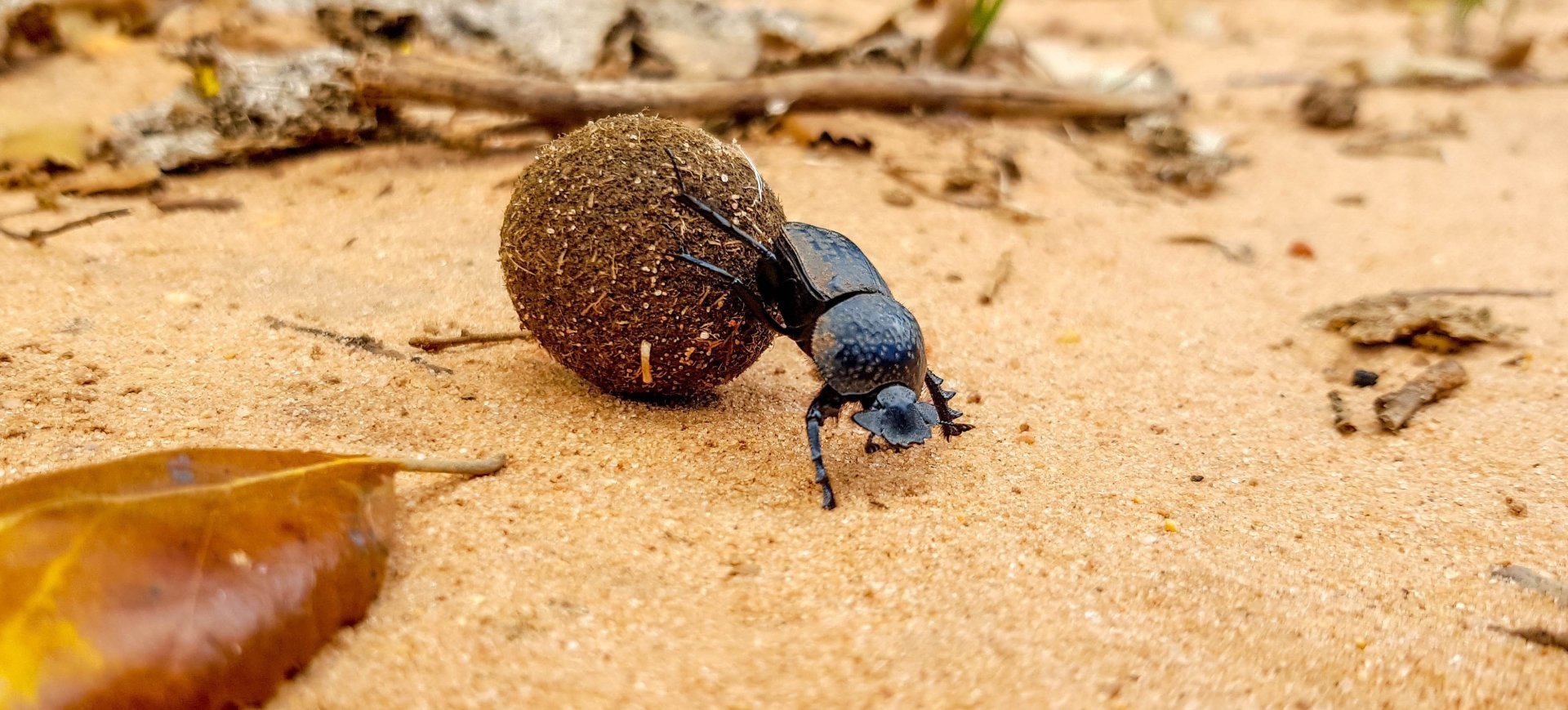







![]() Information: Prionotheca coronata, is a species of darkling beetle originally described by Olivier in 1795 as Pimelia coronata.
Information: Prionotheca coronata, is a species of darkling beetle originally described by Olivier in 1795 as Pimelia coronata.
Body length: 30 - 40 mm
Peak activity: January - December (depends on region)
![]() Remarks: The way of life of the species P. coronata is boring, during the day it they hide in the sandy soil in self-dug holes, or use reptile holes or burrows as shelter. They are active after dark. Very large darkling beetles and long living (according to literature data up to 7 years).
Remarks: The way of life of the species P. coronata is boring, during the day it they hide in the sandy soil in self-dug holes, or use reptile holes or burrows as shelter. They are active after dark. Very large darkling beetles and long living (according to literature data up to 7 years).
This species has long, sharp spines along its abdomen and inner hind legs. When disturbed, beetles adopt a defensive posture with their head down, posterior raised, and rear legs spread. They quickly rotate to face threats from the side. If touched in this posture, they often try to pinch using the spines on their abdomen and legs. The beetles rotate in response to disturbances nearby and attempt to pinch when touched between the abdomen and rear legs. Their pinch is strong and can occasionally draw blood.
![]() Distribution: Algeria, Bahrain, Egypt, Iran, Iraq, Israel, Kuwait, Libya, Morocco, Oman, Saudi Arabia, Sudan, Tunisia, United Arab Emirates, Yemen
Distribution: Algeria, Bahrain, Egypt, Iran, Iraq, Israel, Kuwait, Libya, Morocco, Oman, Saudi Arabia, Sudan, Tunisia, United Arab Emirates, Yemen
Zoogeographic region: Afrotropica, Palearctic
![]() Taxonomic classification:
Taxonomic classification:
![]() Subspecies: 3
Subspecies: 3
![]() Information: P. coronata s.str. it is found in Africa and the Sinai Peninsula.
Information: P. coronata s.str. it is found in Africa and the Sinai Peninsula.
Body length: 30 - 36 (40) mm
![]() Distribution: Algeria, Egypt, Libya, Morocco, Sudan, Tunisia
Distribution: Algeria, Egypt, Libya, Morocco, Sudan, Tunisia
![]() Information: P. coronata ssp. ovalis is a subspecies that occurs abundantly in the Arabian Peninsula and the Middle East.
Information: P. coronata ssp. ovalis is a subspecies that occurs abundantly in the Arabian Peninsula and the Middle East.
Body length: 31 - 35 mm
![]() Remarks: A common nocturnal species that inhabits desert areas.
Remarks: A common nocturnal species that inhabits desert areas.
![]() Distribution: Bahrai, Iran, Iraq, Kuwait, Oman, Saudi Arabia, United Arab Emirates, Yemen
Distribution: Bahrai, Iran, Iraq, Kuwait, Oman, Saudi Arabia, United Arab Emirates, Yemen
![]() Material examined (& observation):
Material examined (& observation):
![]() Information: The subspecies P. coronata ssp. Freyi was described in 1955 by Bytinski-Salz from the Negev Desert in Israel.
Information: The subspecies P. coronata ssp. Freyi was described in 1955 by Bytinski-Salz from the Negev Desert in Israel.
Body length: 32 - 40 mm
![]() Distribution: Israel
Distribution: Israel
 Oman
Oman